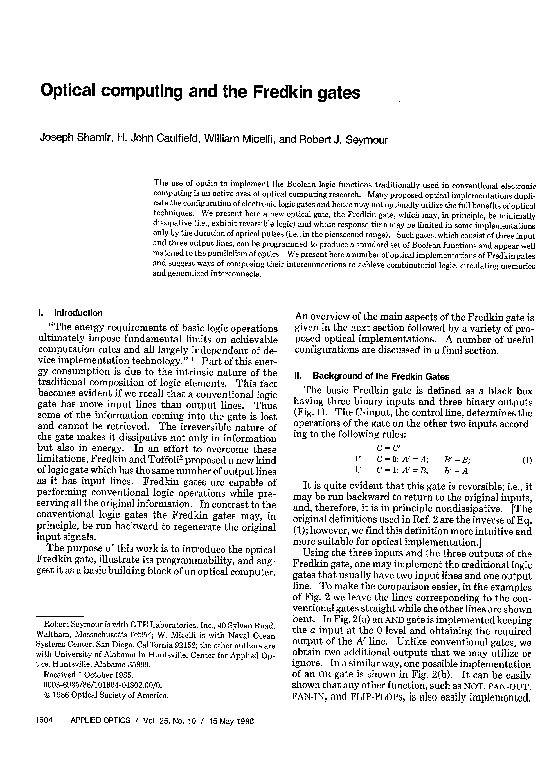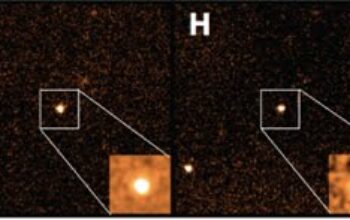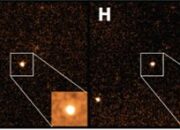The realm of quantum computing and theoretical computation is rich with innovative devices and concepts that have the potential to revolutionize information processing. Among these, Fredkin gates, a type of reversible logic gate, play a pivotal role. This article delves into the applications of Fredkin gates across various domains, elucidating their transformative potential in computing paradigms, cryptography, and data encoding.
1. Reversible Computing
At the core of Fredkin gates lies the principle of reversible computing—a paradigm that conserves information and minimizes energy dissipation. In classical computing, operations often lead to a loss of information, which translates into heat generation, markedly increasing power consumption. Fredkin gates rectify this inefficiency; their operational framework allows for the input states to be perfectly recoverable from the output states. This feature renders them immensely useful in the design of energy-efficient computing architectures.
The application of Fredkin gates in quantum computing is particularly noteworthy. Quantum computers, which leverage phenomena such as superposition and entanglement, find an ally in Fredkin gates, which can facilitate quantum algorithms while preserving coherence—a vital aspect of advanced quantum computation.
2. Quantum Algorithms
Fredkin gates contribute to the development of various quantum algorithms, enhancing computational efficiency. By utilizing the reversible nature of these gates, complex operations can be executed without the inherent energy loss associated with classical computing paradigms. Algorithms designed for optimization and search problems benefit significantly from the integration of Fredkin gates. For instance, Grover’s algorithm, employed for database search, can be refined with the reversible gates, improving the fidelity of quantum state manipulation.
Moreover, Fredkin gates enable the execution of quantum error correction protocols—essential for stabilizing qubit operations in noisy environments. The capacity to revert to prior states ensures minimal disruption and sustains computational accuracy, which is paramount in any quantum apparatus.
3. Cryptography
The security landscape is critically evolving in conjunction with advancements in quantum computing. In cryptographic schemes, Fredkin gates offer novel approaches toward securing information. Their reversible logic allows for the implementation of sophisticated encryption algorithms that are resilient to conventional decryption methods.
Protocols based on quantum key distribution (QKD) utilize Fredkin gates to create unbreakable encryption systems, as each operation retains the potential for backward computation. This reversibility ensures that any attempt at eavesdropping can be detected, enhancing the integrity of communications in a digitally driven world.
Moreover, utilizing Fredkin gates in the construction of quantum circuits facilitates the development of advanced secure multiparty computation protocols. This approach enables distributed parties to compute functions collaboratively without revealing their private inputs—a significant breakthrough in preserving data privacy.
4. Complex Systems Modeling
Fredkin gates are not confined to computational theory; they also find applications in the modeling of complex systems. In fields such as physics and biology, where systems exhibit intricate interactions and dynamic behaviors, models incorporating Fredkin gates can simulate these interrelationships with astonishing accuracy. The ability to implement rules that govern reversible transformations allows for the representation of natural phenomena in a structurally cohesive manner.
An exemplary utilization lies in the modeling of cellular automata, where Fredkin gates can facilitate the development of complex algorithms that simulate biological processes. These models can elucidate patterns in natural selection, genetic variations, and ecological interactions, thereby providing profound insights into the operational dynamics of living systems.
5. Emerging Paradigms in Computing
Fredkin gates are paving the way for burgeoning computing paradigms, such as optical computing. In the pursuit of faster and more efficient computational systems, optical devices leveraging light rather than electrons present compelling advantages. The integration of Fredkin gates in optical circuitry allows for high-speed data processing, as data encoded in light can be manipulated at unprecedented rates.
Furthermore, neuromorphic computing, which mimics the neural architecture of the human brain, can benefit significantly from the unique properties of Fredkin gates. By establishing networks of reversible gates that replicate synaptic connections, researchers are beginning to explore the potential for creating more adaptive and efficient learning algorithms. These architectures hold the promise of enhancing artificial intelligence, enabling systems that learn and adapt more intuitively.
6. Conclusion
The applications of Fredkin gates extend far beyond their theoretical origins, touching multiple domains that encompass both classical and quantum realms. Their role in reversible computing, quantum algorithms, cryptography, complex system modeling, and emerging computing paradigms highlights their versatility and relevance. As research continues to unfold, further exploration into Fredkin gates promises not only to enhance computational methodologies, but also to expand the horizons of scientific understanding across diverse fields. The synergies between traditional computing and innovative quantum approaches may well lead to the dawn of a new era in technology, underpinned by the principles exhibited in Fredkin gates.










